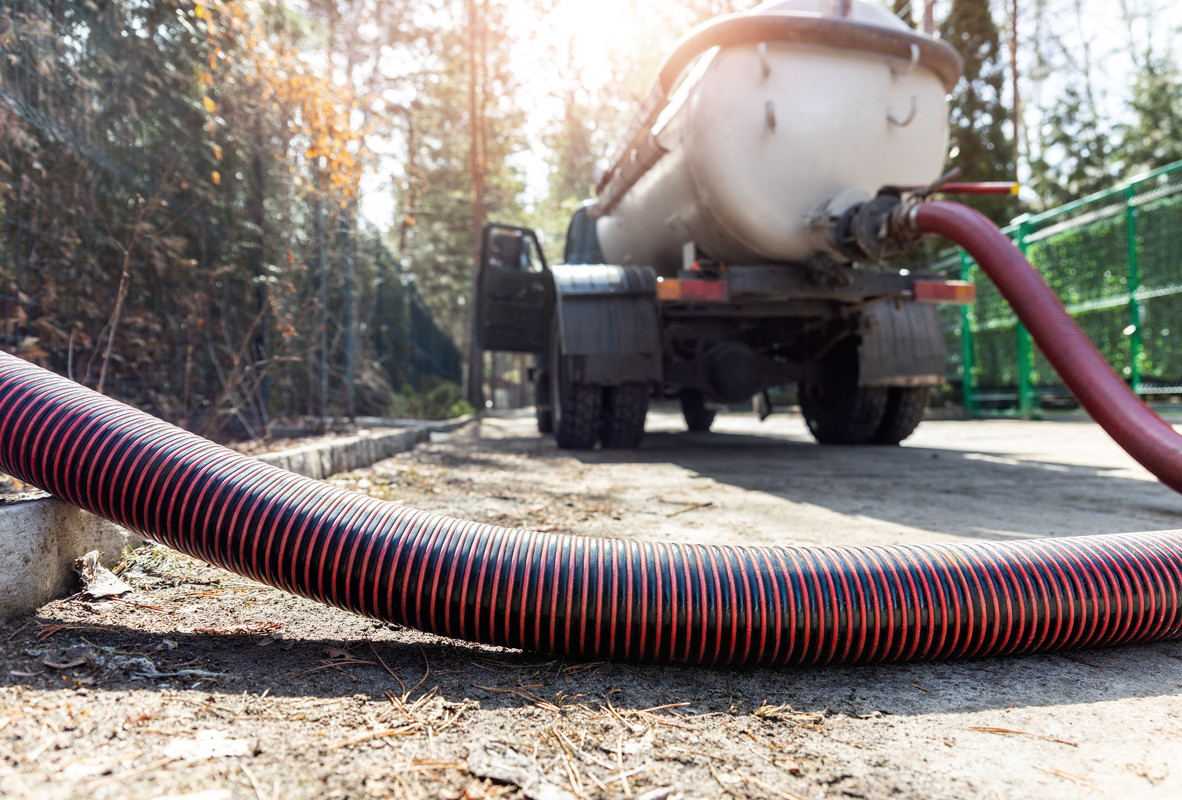Grease Trap and Trade Wastewater Agreements in Perth
by siteadmin

If you own a restaurant, café, or other food service business in Perth, then chances are you're required to have a grease trap and trade waste agreement. This is because fats, oils, and grease (FOG) discharged from your kitchen can clog the public sewer system and cause environmental problems.
Grease traps are a crucial component of the sewerage network, separating fats and oils from wastewater that comes from your kitchen. These greasy waters are cooled and separated into separate layers by the trap's baffles system.
What is a grease trap?
A grease trap is an interceptor, arrestor or tank that allows fats and oils to be separated from water before it flows into the sewer system. This can prevent sewage blockages and ensure the water remains smooth, clean and free of encrustation.
What are the rules regarding installing and maintaining a grease trap?
Sydney water regulations require that all restaurants, cafes and other food businesses with a trade wastewater agreement have grease traps installed. Noncompliance can result in hefty fines and even closure. There are many different types of grease traps, with all having a similar function. However, some of them are more expensive to install and maintain than others.
Depending on the size of the grease trap and how much FOG your business produces, it will usually need cleaning on a regular basis.
Maintenance
If you run a restaurant or similar business, it's essential to have a grease trap installed. Without one, fats, oils, and grease (FOG) would build up in your piping system and cause clogs that could lead to costly repairs.
Regular maintenance of your grease trap is the best way to prevent these problems from happening. By scheduling a professional cleaning service, you can ensure that your trap is properly cleaned and emptied every once in a while.
Grease traps should be emptied and cleaned out when they reach a quarter of their capacity. This will help prevent odors that can develop in the trap and will keep it functioning at its best.
When a grease trap isn't being emptied on time, it can overflow and cause a foul odor to develop inside the restaurant. It can also become clogged in the outlet pipe, which will require the assistance of a plumber to unblock it.
Depending on how much grease you are producing, the water discharge regulations in your local area may determine how often you need to have your trap pumped out or cleaned.
Once the trap is pumped out, it should be disposed of in accordance with all federal and state laws. Septic Tank Armadale can assist with this process by washing and scraping the trap walls and baffles, and relining the lid to ensure that it is in compliance with all regulations.
While FOG is considered non-hazardous waste, it can be harmful to sewer systems when it builds up and enters a city's wastewater collection system. That's why almost all cities have a program to regulate FOG disposal.
Aside from that, keeping your sewer line clean helps you avoid fines and other legal and regulatory issues. This is especially important for fast food outlets that serve large amounts of food.
In addition to draining out your grease trap, you should have it inspected on a regular basis by a licensed trade waste collection contractor. Using a pump, the contractor will extract all of the fats, oils, and grease and scrape the walls and baffles to remove any build-up. The company can also help with repairs or replacement of the grease trap's lids and baffles, as well as relining them for optimal performance.
Repairs
A grease trap is an important part of the plumbing system of any business that prepares food. It is designed to prevent FOG (fat, oil and grease) waste from entering the sewer line. This waste can cause a blockage and expensive repairs to the sewer or piping system.
Grease traps work by slowing the flow of water into the drain and allowing fats, oils and grease to sink to the bottom of the trap. They also provide one or more solid walls that prevent FOG waste from rising back up through the trap.
Most modern grease traps have a filter to keep larger pieces of fat or food waste from getting into the trap and becoming blocked. These filters are often cleaned by a liquid waste disposal specialist on a regular basis.
If a grease trap is not properly maintained or emptied, the bacteria that live within it can turn the food and fat waste into acids which will erode the concrete and metal trap wall. This erodes the rebar that is supporting the wall and can lead to structural damage to your restaurant.
The best way to prevent this is by hiring a third party service provider to regularly empty and clean your grease trap. This will ensure the system is up to standard and will avoid costly repairs or replacements down the road.
Having a professional do this on a regular basis will mean that you don’t have to worry about putting out large fines or having your kitchen shut down for an emergency repair. This will also help you to retain your reputation as a responsible business.
It is important that your restaurant complies with trade waste legislation which regulates what can go down the drain and what cannot. This will protect your customers and staff, as well as ensuring you don’t have to worry about paying hefty fines.
Grease traps can last up to 10 years, but you will need to make sure that they are emptied regularly to keep them in good working order. This should be done on a quarterly or monthly basis.
Replacement
If your grease trap is old, leaking or in need of serious repair, it may be time to consider replacing it with a brand new one. Grease traps are a critical part of the plumbing system for any food service business, and can save your business both money in terms of plumbing costs and the environment by preventing greasy waste from entering the city’s sewer lines.
A grease trap is a concrete, steel or fiberglass box that has an inlet pipe and raised outlet. As wastewater passes into the trap it’s slowed down by baffles, which allow food particles to sink to the bottom while oil and grease rise to the surface. The slushy mixture is then captured and skimmed out of the trap by an automatic system.
There are several types of traps to choose from, some more efficient than others. Traditional passive systems are the most common and are available in a variety of sizes to suit your requirements.
Larger capacity traps are also a popular option with fast food outlets. These traps are designed to handle higher volumes of water and sewage than standard, smaller models. A larger capacity system can cut your pump out frequency down by half, as well as saving you on your utility bills. Using the right size trap for your specific needs is key to a successful installation, and we can help with that as part of our replacement of a grease trap services.
https://www.septictankarmadale.com.au/
If you own a restaurant, café, or other food service business in Perth, then chances are you're required to have a grease trap and trade waste agreement. This is because fats, oils, and grease (FOG) discharged from your kitchen can clog the public sewer system and cause environmental problems. Grease traps are a crucial component…
Recent Posts
- Premier Electrician Service in Jacksonville, NC
- Southern Tree Services Expands Comprehensive Tree Care in Fayetteville, NC
- Southern Tree Services Expands Comprehensive Tree Care in Fayetteville, NC
- Top-Tier Security Guard Services in Baltimore, Maryland
- Vision Detection Systems Unveils Advanced License Plate Security Camera
